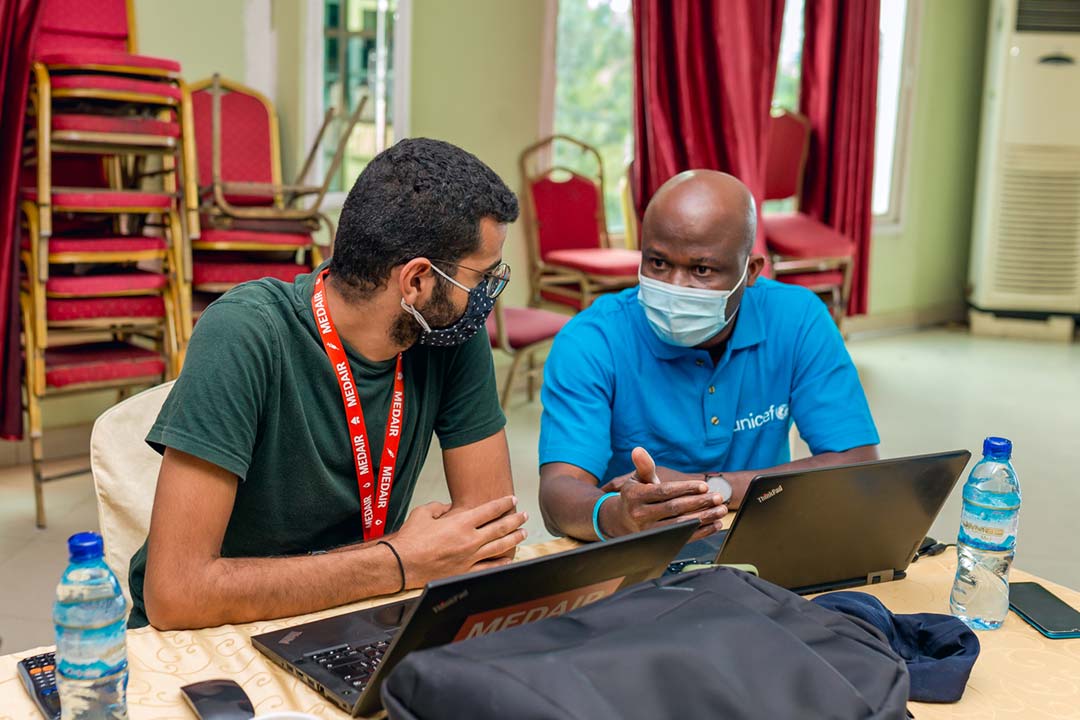Assessing the Use of Mapping for Health (M4H) Data for Immunization Program Implementation and Associated Impact on Coverage and Equity in the Democratic Republic of the Congo
Gavi, the Vaccine Alliance commissioned HealthEnabled to conduct an evaluation of the acceptance and effective use of Mapping for Health (M4H) data in the Democratic Republic of the Congo (DRC) for microplanning and routine immunisation implementation; and its impact and cost-effectiveness on immunisation outcomes. This evaluation was conducted in collaboration with the Kinshasa School of Public Health (KSPH).
Supported by Gavi through its INFUSE hub (Innovation for Uptake, Scale and Equity in Immunisation), the M4H project is part of the Geo-Referenced Infrastructure and Demographic Data for Development (GRID3) program in the DRC. M4H aims to strengthen the equity and effectiveness of vaccination interventions, through the provision of accurate and improved microplans; and harmonised and integrated spatial demographic and health data.
EVALUATION OBJECTIVES
The evaluation aimed to understand the context and implementation of M4H within the Expanded Programme on Immunisation (EPI) It also aimed to identify mechanisms through which the use of geospatial data influences microplanning, vaccination coverage and equity.
EVALUATION METHODS
This process evaluation and effectiveness study used a mixed-methods approach. The impact of the intervention was assessed using a pre-/post-study design, drawing on the 2021 EPI immunisation coverage surveys, which were repeated in 2022. Key informant interviews were also conducted to complement the survey findings. This evaluation took place in 113 health facilities across three provinces, two of which had benefited from geospatial data from M4H and/or the preceding GRID3 intervention – i.e. Kasaï province (M4H) and Haut-Lomami province (GRID3); and a control province, Kasaï Central province, which had not benefited from the intervention.
FINDINGS AND RECOMMENDATIONS
- The geo-referenced microplans in Haut-Lomami and Kasaï provinces were well received and used; and led to changes in the delivery of vaccination services, with perceived improvements in identifying and reaching ‘zero-dose’ children. The gender intervention is perceived to have led to a significant change in the approaches taken to overcome sociocultural gender norms; and to engage civil society and communities to reach as many children as possible – leveraging the ability of women to engage more effectively with women caregivers and engaging with men as caregivers to support vaccination services.
- The evaluation provided insights into user experiences and the mechanisms through which geo-referenced data may have contributed to observed improvements in immunisation coverage and equity.
- The geo-referenced microplans contributed to higher immunisation coverage, lower rates of zero-dose children and reduced drop-outs.
- Income level is a factor that influences rates of zero-dose children. The intervention analyses indicated there was no impact for the lowest-income strata of households.
Recommendations from this study are to: include gender analyses, design and evaluation in upcoming geospatial interventions for immunisation; and conduct further cost-effectiveness research to examine the overall value for money of the effective use of geospatial data on immunisation outcomes. For more information, please see the final report.

